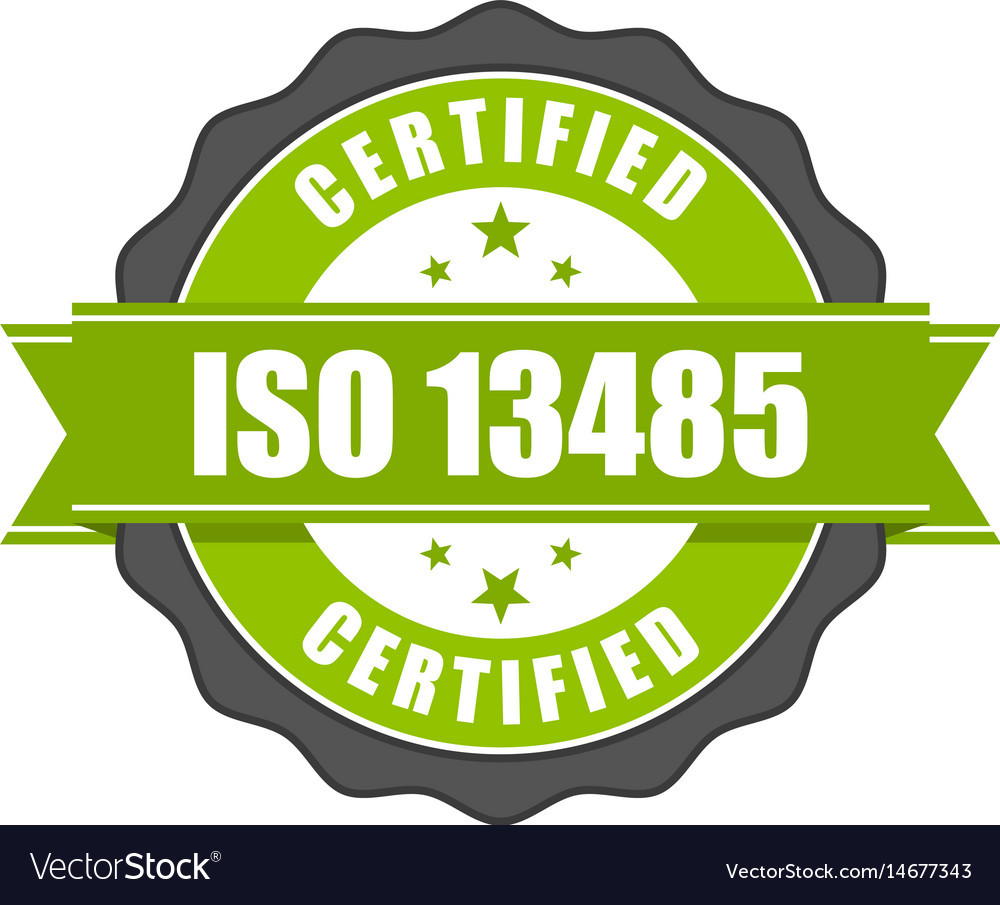
ISO 13485:2016 (MDQMS)
A Comprehensive Guide to ISO 13485: Quality Management System for Medical Devices
Introduction:
In the ever-evolving field of medical devices, ensuring quality, safety, and regulatory compliance is of utmost importance. To meet these requirements, the International Organization for Standardization (ISO) developed ISO 13485:2016, a globally recognized standard specifically tailored for the medical device industry. In this blog post, we will explore ISO 13485, its significance, key requirements, and benefits for organizations involved in the manufacturing and distribution of medical devices.
Understanding ISO 13485:
ISO 13485 is a standard that outlines the requirements for a quality management system (QMS) focused on medical devices. It provides a framework for organizations to establish, implement, and maintain processes that ensure the consistent design, development, production, installation, and servicing of medical devices.
Key Requirements of ISO 13485:
-
Management Responsibility: The standard emphasizes the importance of top management's commitment to quality, customer satisfaction, and regulatory compliance. This involves establishing a quality policy, defining roles and responsibilities, and providing necessary resources for effective implementation.
-
Resource Management: Organizations must determine and provide the required resources, including competent personnel, infrastructure, and appropriate work environment, to achieve quality objectives and meet customer expectations.
-
Design and Development: ISO 13485 mandates a systematic approach to the design and development of medical devices, ensuring that all relevant regulatory requirements and customer needs are addressed. This includes risk management, verification, validation, and design transfer processes.
-
Purchasing and Supplier Management: The standard requires organizations to evaluate and select suppliers based on their ability to meet specified requirements. Effective supplier management ensures the quality of purchased components and materials, ultimately impacting the safety and performance of the final medical device.
-
Production and Service Provision: ISO 13485 emphasizes the need for controlled production and service processes, including process validation, calibration of equipment, traceability of products, and adherence to defined specifications. It also covers labeling, packaging, storage, and handling of medical devices.
-
Monitoring and Measurement: Regular monitoring, measurement, analysis, and improvement of QMS processes are critical for ensuring compliance and driving continuous improvement. This involves implementing internal audits, conducting management reviews, and establishing corrective and preventive actions (CAPAs) to address non-conformities.
Benefits of ISO 13485:
-
Enhanced Product Quality and Safety: ISO 13485 helps organizations establish robust quality management systems, reducing the risk of defects and improving the safety and reliability of medical devices. This, in turn, increases customer confidence in the products.
-
Compliance with Regulatory Requirements: Adhering to ISO 13485 facilitates compliance with various regulatory bodies and demonstrates the organization's commitment to meet applicable legal and regulatory requirements.
-
Market Access and Expansion: ISO 13485 certification is often a prerequisite for market access in many countries. It enables organizations to expand their reach and compete in global markets by demonstrating compliance with international quality standards.
-
Streamlined Processes and Efficiency: Implementing ISO 13485 promotes the standardization and streamlining of processes, leading to improved efficiency, reduced waste, and enhanced productivity.
-
Risk Management and Product Improvement: The standard emphasizes risk management throughout the product lifecycle. This proactive approach helps identify and mitigate potential risks, leading to improved product performance, safety, and customer satisfaction.
Conclusion:
ISO 13485 provides a comprehensive framework for organizations involved in the medical device industry to establish and maintain effective quality management systems. By adhering to this standard, companies can enhance their product quality, ensure regulatory compliance, and gain a competitive edge in the global market. ISO 13485 certification not only improves customer confidence but also fosters a culture of continuous improvement and risk management within the organization. As the medical device industry continues to advance, ISO 13485 remains an indispensable tool for ensuring patient safety and driving overall industry excellence.
